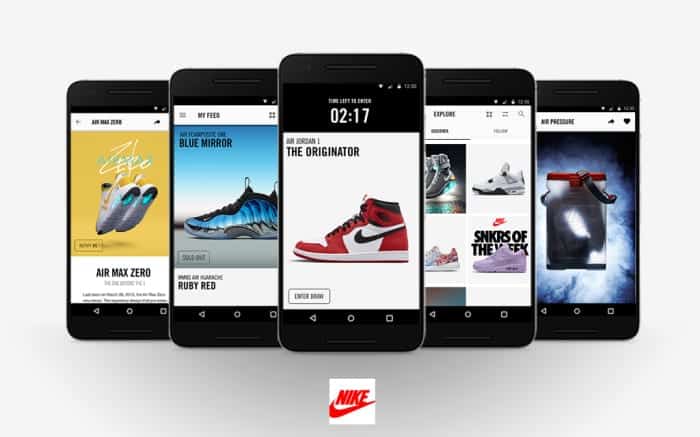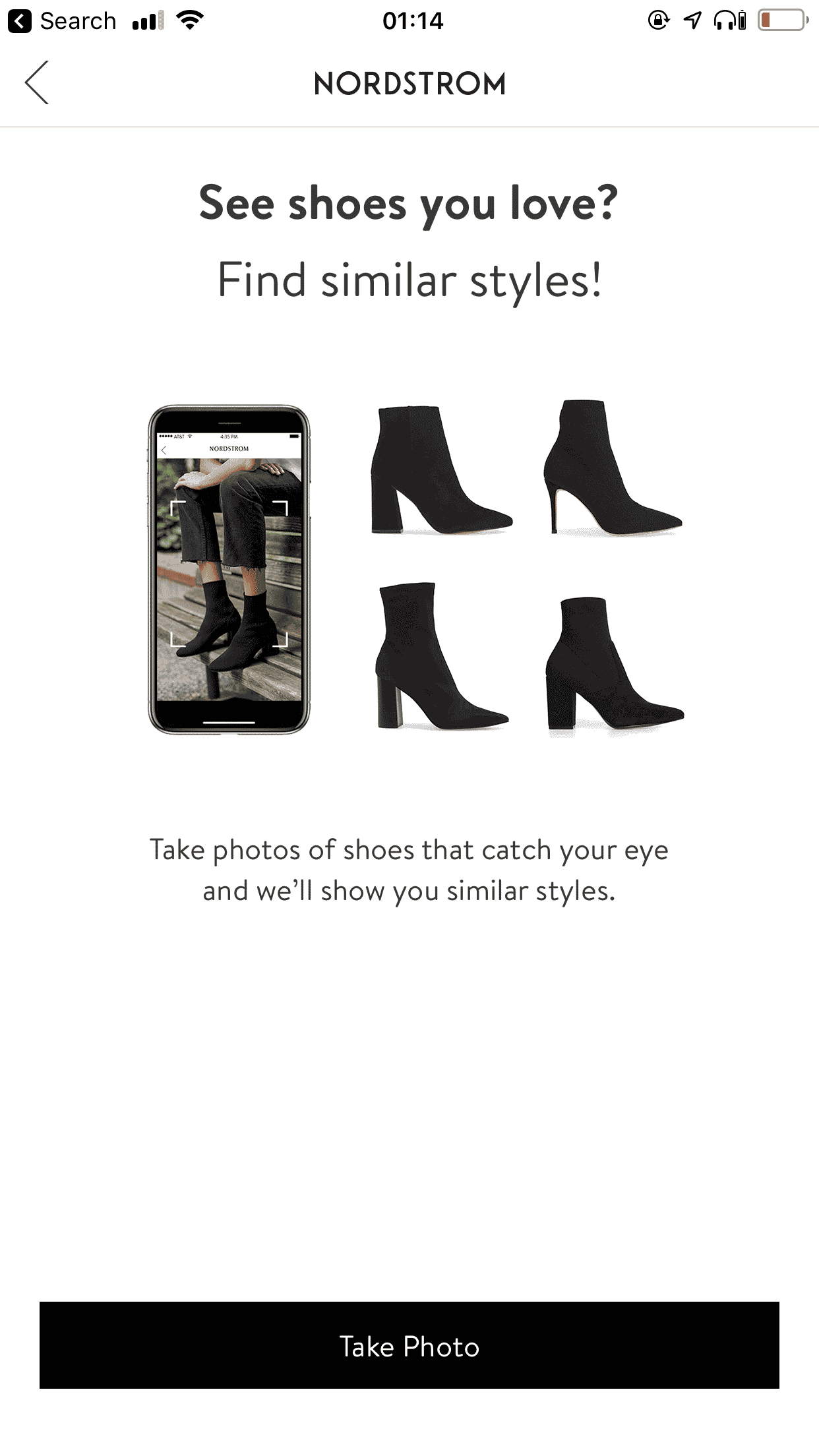Article
Personalization Trends in Retail Marketing: 6 Essentials for Marketers
September 24, 2019

A lot has changed since we launched our inaugural Retail Personalization Index two years ago. We upped the ante and analyzed more than 250 brands this time, not just 100. From year to year, the main, overarching trend we’ve noticed is that personalization has moved beyond a buzzword to an enterprise-wide priority.
We’ve always believed that it’s more of a strategy than a tactic, and the continually improving scores tell us that more and more retailers agree. In fact, a.
An increased prioritization of personalization was the biggest (and most encouraging) trend from this year’s Index. Here are seven others we noticed:
1. Personalization and the Customer Experience Are Inextricably Linked
At Marigold Engage by Sailthru, we have long believed that personalized marketing, done well, greatly improves the customer experience. A better customer experience creates stronger customer loyalty, and in turn, higher customer lifetime value. We weren’t at all surprised that our extensive research into personalization bears this out.
Personalization isn’t just about surfacing relevant product recommendations and contextual content. It’s equally about how and when a brand engages with customers. This ensures that those communications are welcomed rather than intrusive. A good customer experience is personalized, and a personalized customer experience is likely to be a good one.
2. Digital and In-Store Experiences Should Be Linked — But Usually Aren’t
Surveying 1,500 consumers alongside our Index research, we asked people about their most recent purchases, and likelihood to make another one and recommend retailers. We found a strong correlation between customer satisfaction and omnichannel shopping experiences connecting digital and in-store channels.
Just 16% of the 250 retailers we evaluated use customers’ digital data to personalize their in-store experiences. Toward the top of this year’s ranking, the percentage is much higher. Not counting those without brick-and-mortar stores, 70% of the top 25 retailers personalize in-store shopping. For example, the “store mode” options on apps from Sephora, The Home Depot and Best Buy, among others.

3. Brands Need a Policy Around Data
Brands ask for a lot of data. We expected that, and we think it’s fine, so long as it benefits the customer. But too often, it doesn’t. If you tell a retailer than you’re male, you don’t want to see lots of promotions for women’s clothes.
Respecting privacy was also tied to customer satisfaction, but misuse of data is more than an irritation. It’s bad for the customer experience, and it makes the customer think that the retailer has no idea what they’re doing, or what they’re doing with personal data. Today’s savvy shoppers know how retailers collect and use their data. As a result, brands should only collect what they need — and immediately show how that provides value.
4. Personalization Should Mean Different Things to Different Retailers
Retailers are different, as are their customers. That sounds obvious. But the implications, apparently, are not quite as obvious. One big implication: Every brand should have its own personalization strategy, based upon the unique characteristics of its customers and its own unique knowledge of those customers.
Nike is one retailer that seems to understand this fully. One of its most passionate customer groups are sneakerheads, who eagerly collect limited, rare, or exclusive shoes. Nike has built an app just for them, complete with information about new sneaker launches and locations. Customers can make purchases within the SNKRS app and enter draws, giving them a chance to access the most in-demand drops.

5. Onboarding Still Stinks
Onboarding provides a really important opportunity for a brand to explain its value to a customer. It can be used to encourage customers to download an app, visit a web site, or sign up for email newsletters. Yet most brands don’t seem to realize this. While 84% of the 250 retailers we evaluated send a welcome email following sign-up, only 18% of them include personalized content.
DSW provides a powerful counterexample: A welcome stream introduces customers to the brand and walks them through the loyalty program and mobile app, which add to the personalized shopping experience.
6. Mobile Lags
Our research spotlights the extent to which mobile strategies and implementations are lagging when it comes to personalized marketing. We found plenty of brands without mobile apps. A few brands had truly horrible apps, with so many ads and interstitials that they’d be better off abandoning the whole enterprise. Some apps replicate a brand’s online store, while others engage the consumer with non-product information such as performance monitoring.
More than any other channel, mobile was indicative of a brand’s overall personalization capabilities. Second-place Nordstrom is a great example. Another one with a “store mode,” the retailer’s app houses its loyalty program and allows customers to shop, learn more about products and inventory at specific stores, book stylist appointments, and even discover products via visual search.

These six trends show that even the most digitally savvy brands have their work cut out for them when it comes to effective personalization. But the variety among even the largest retailers also points up the opportunity for other players to use personalization to distinguish themselves and become stronger competitors.
Learn more about website personalization and how Sailthru can help you leverage marketing trends to create better experiences for your customers.
The State of Brand Loyalty in the U.S. in 2023
Related



